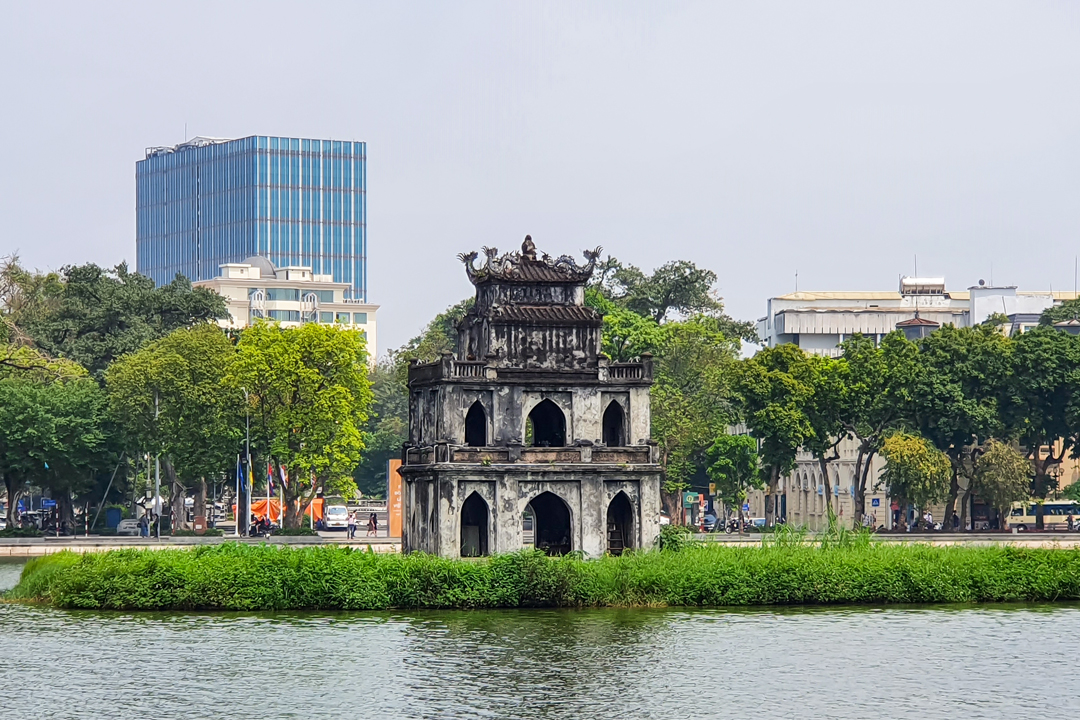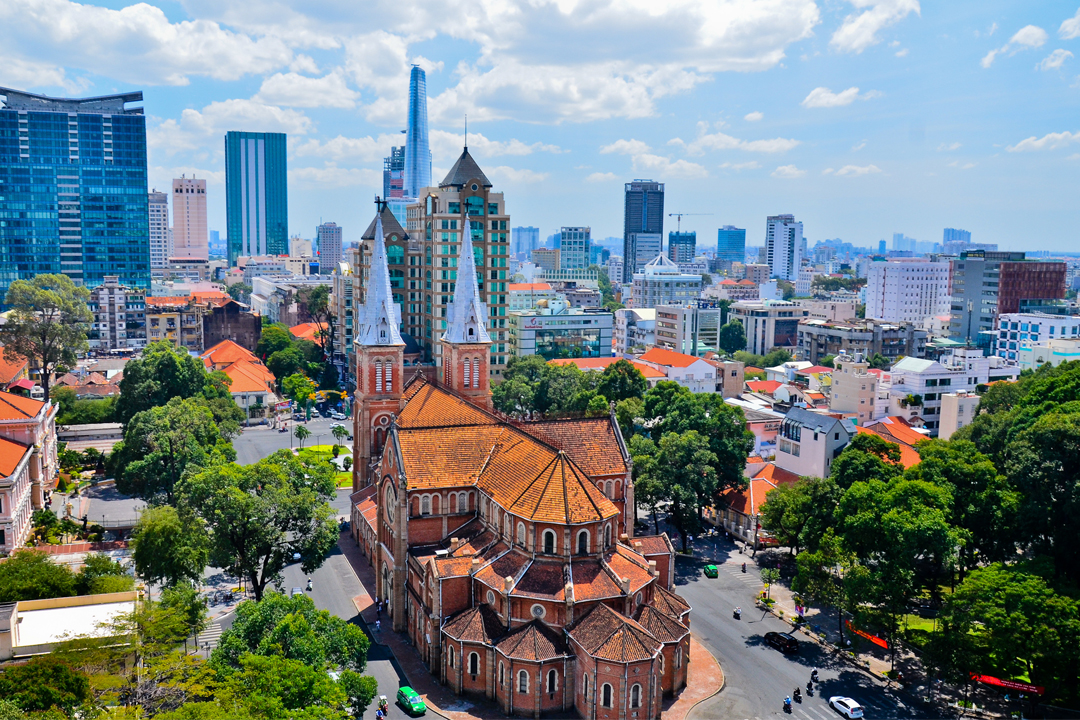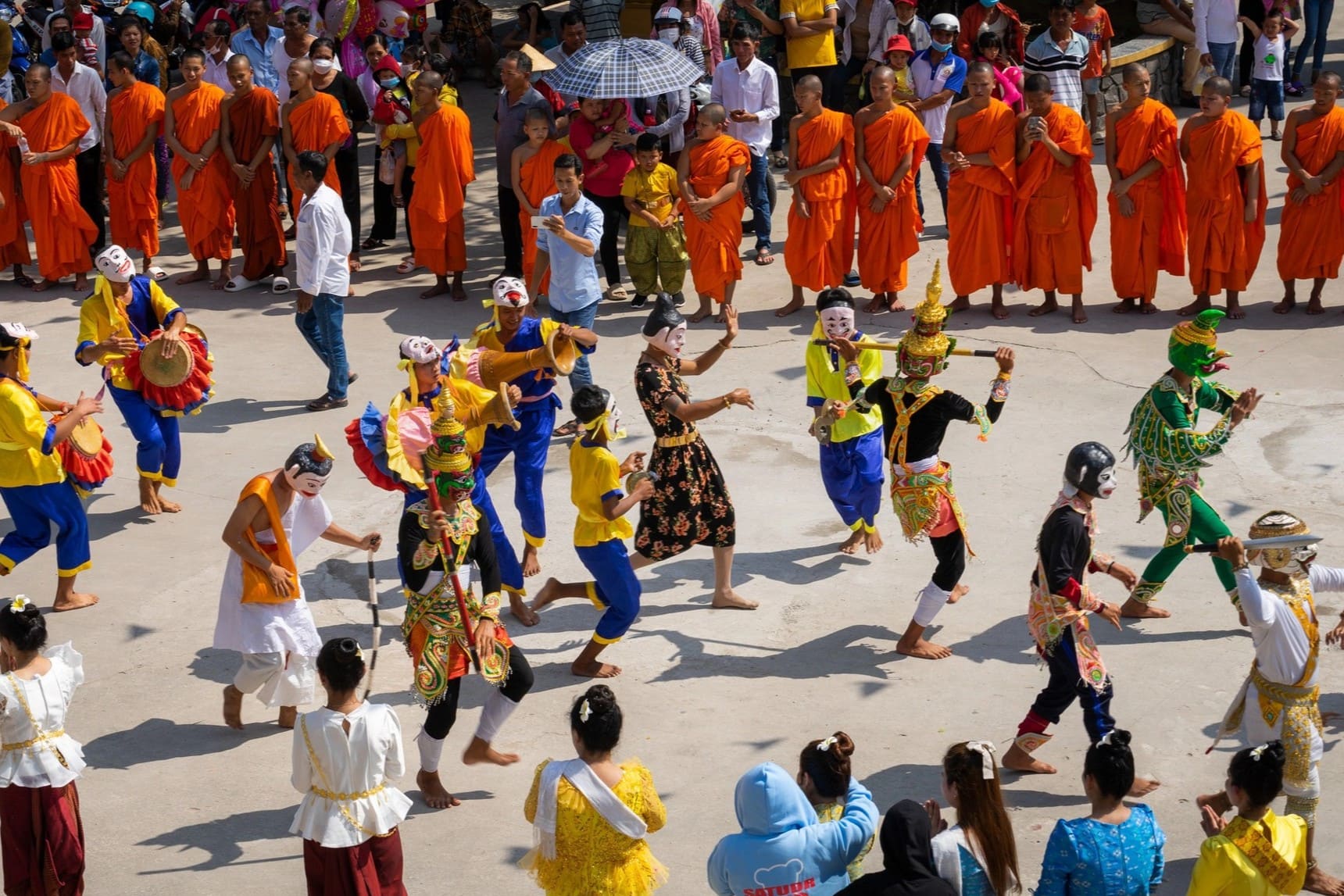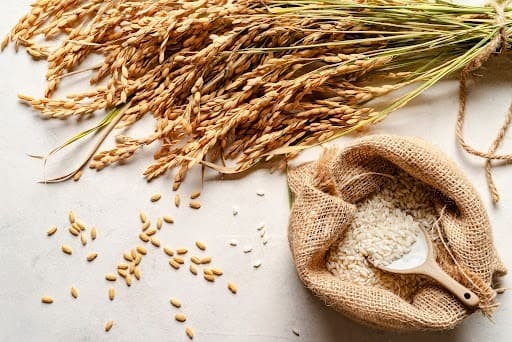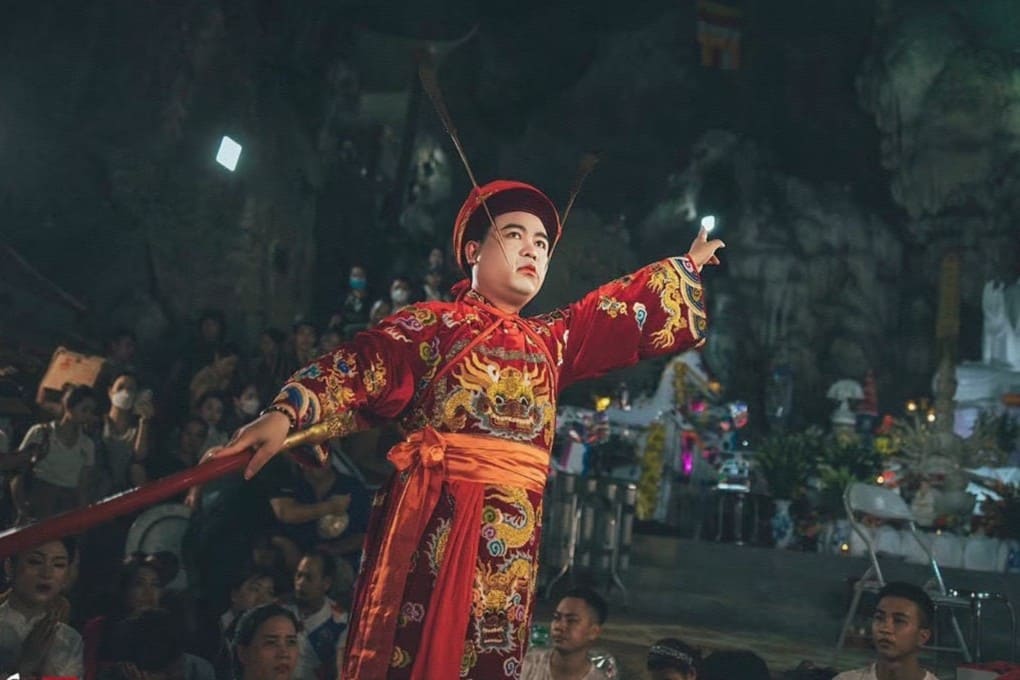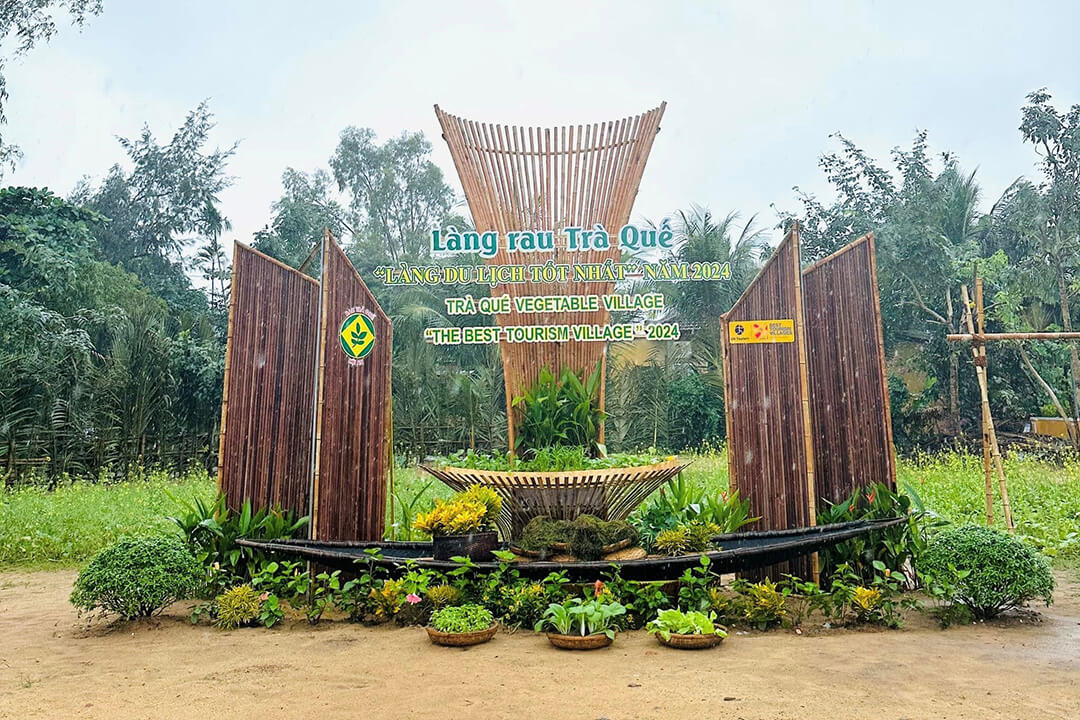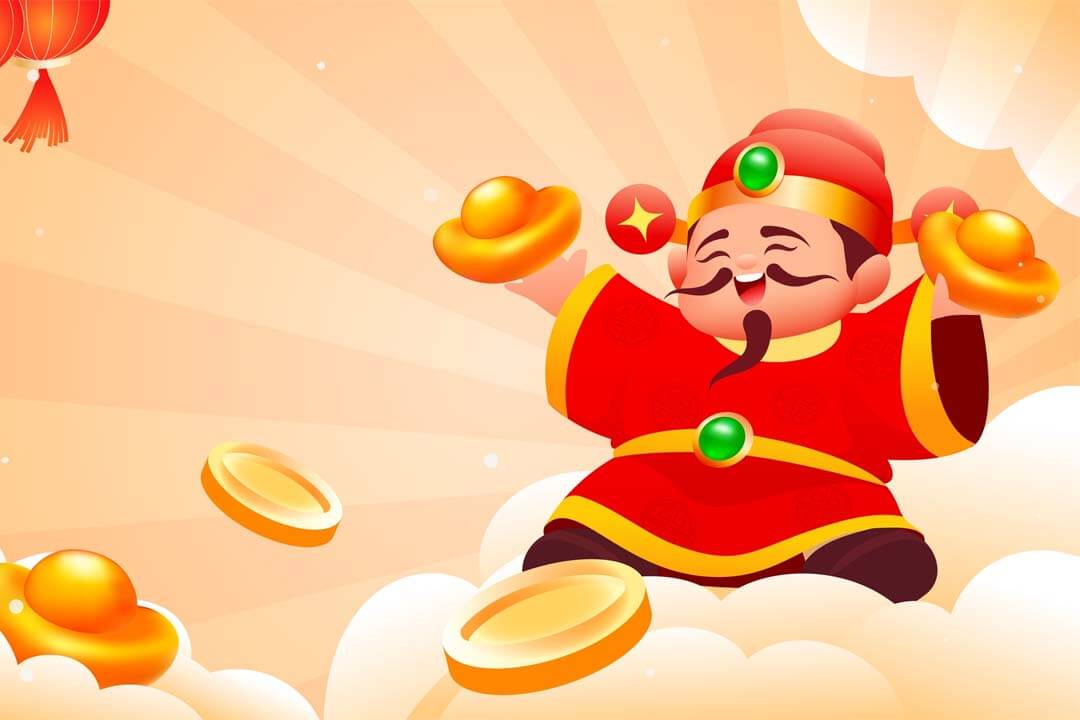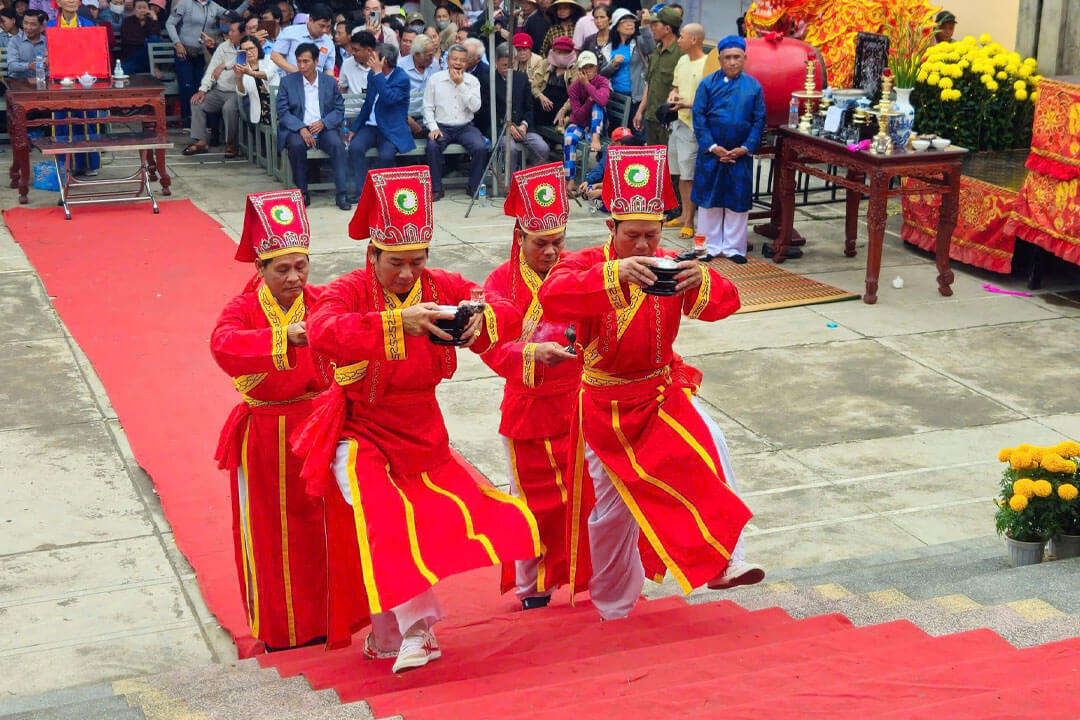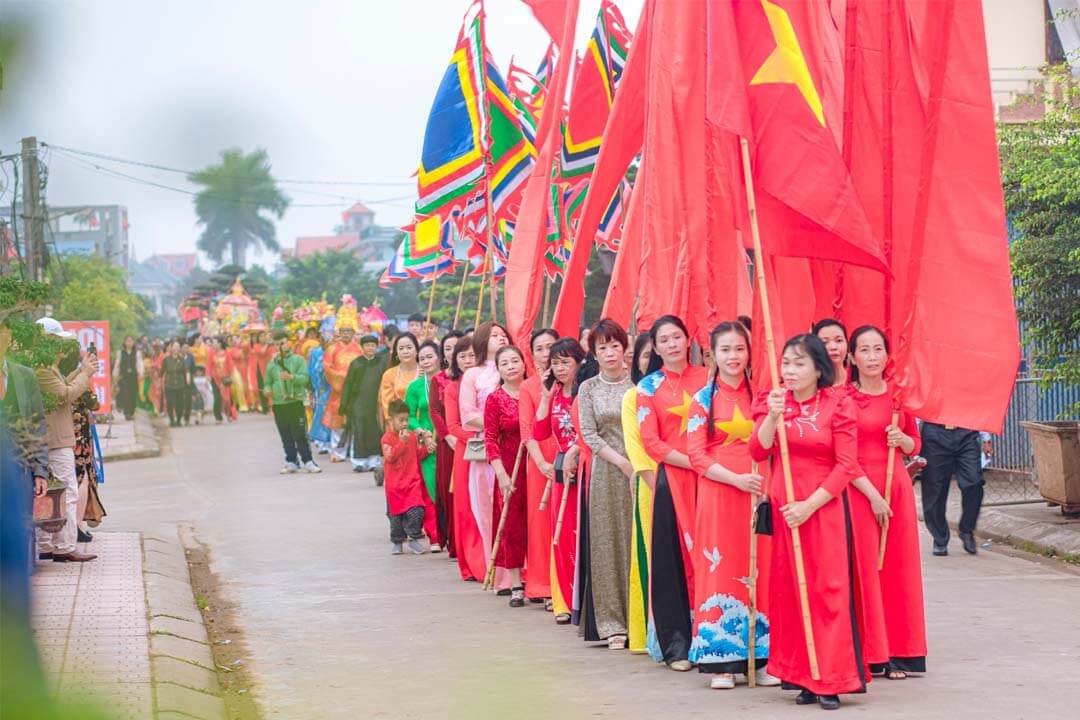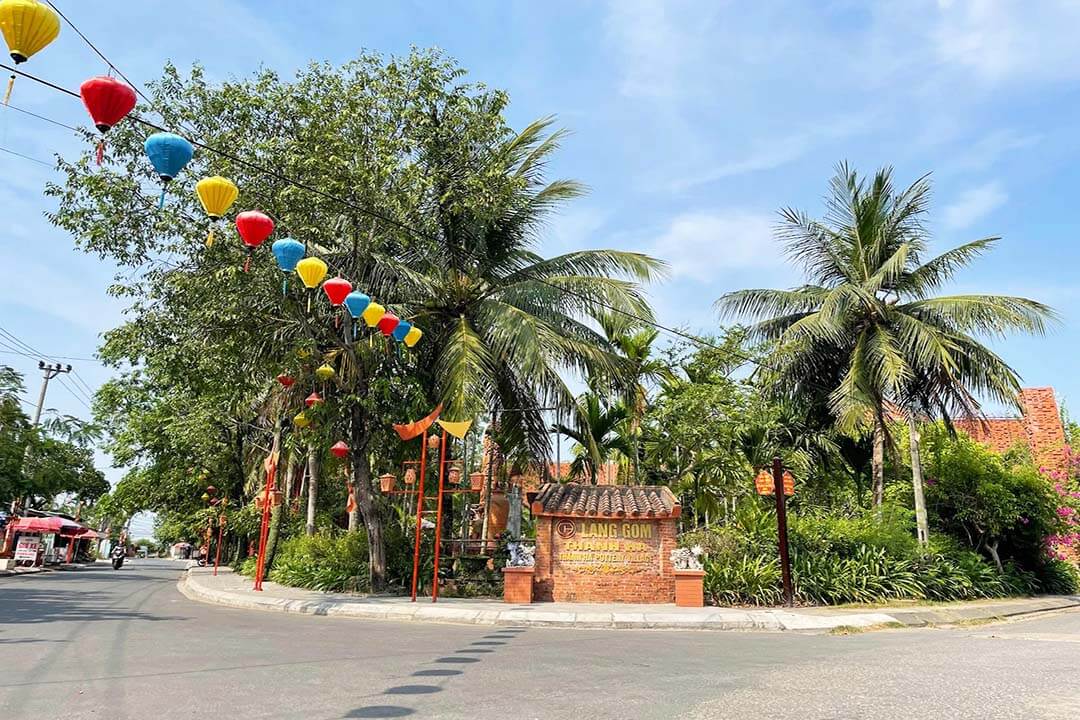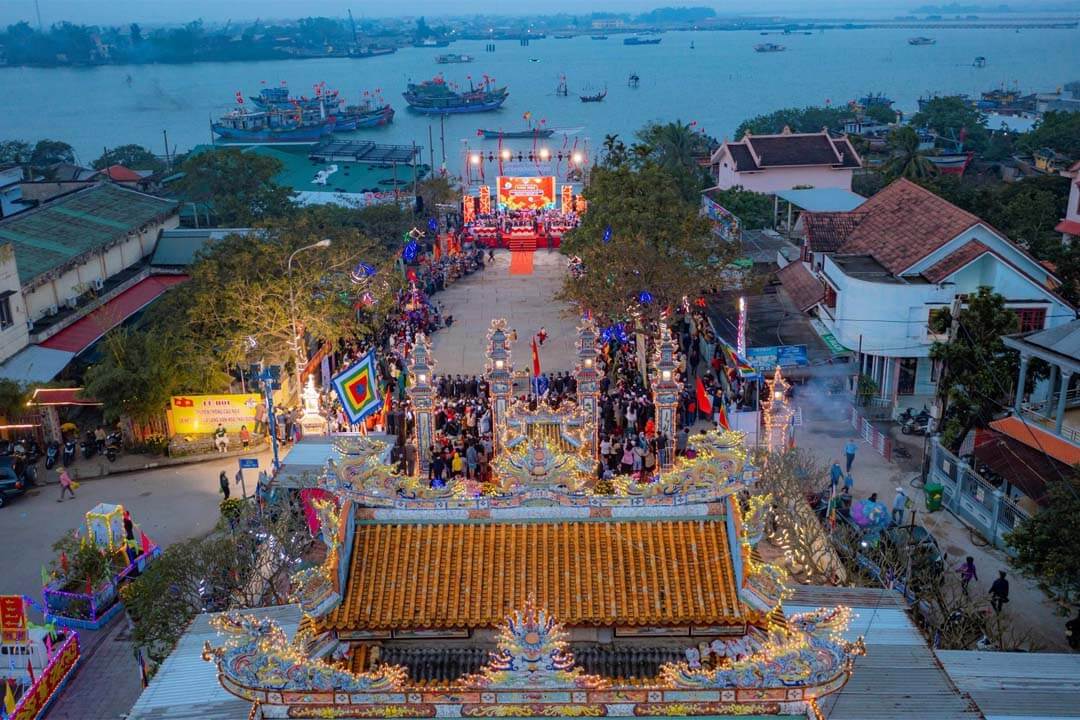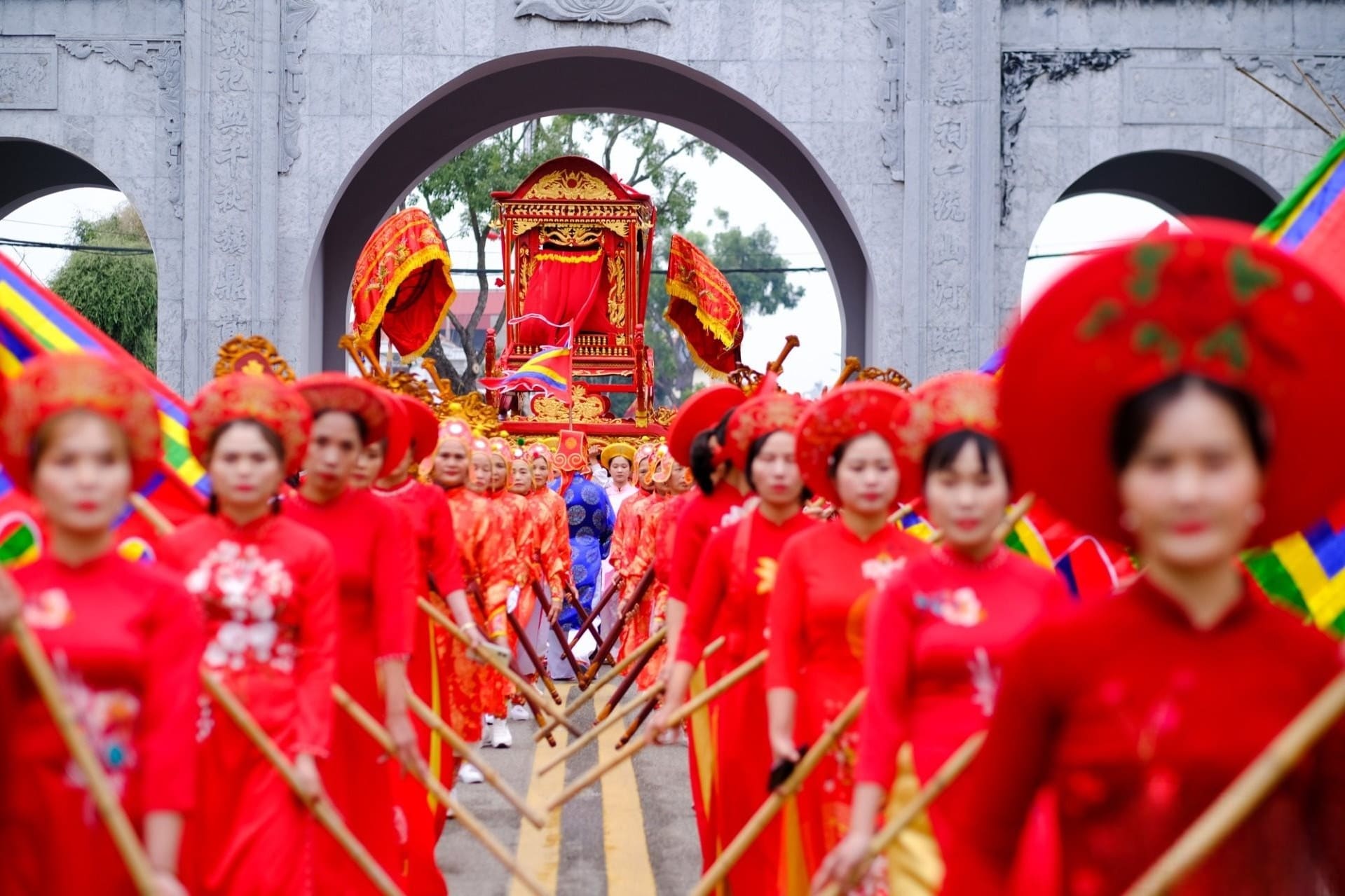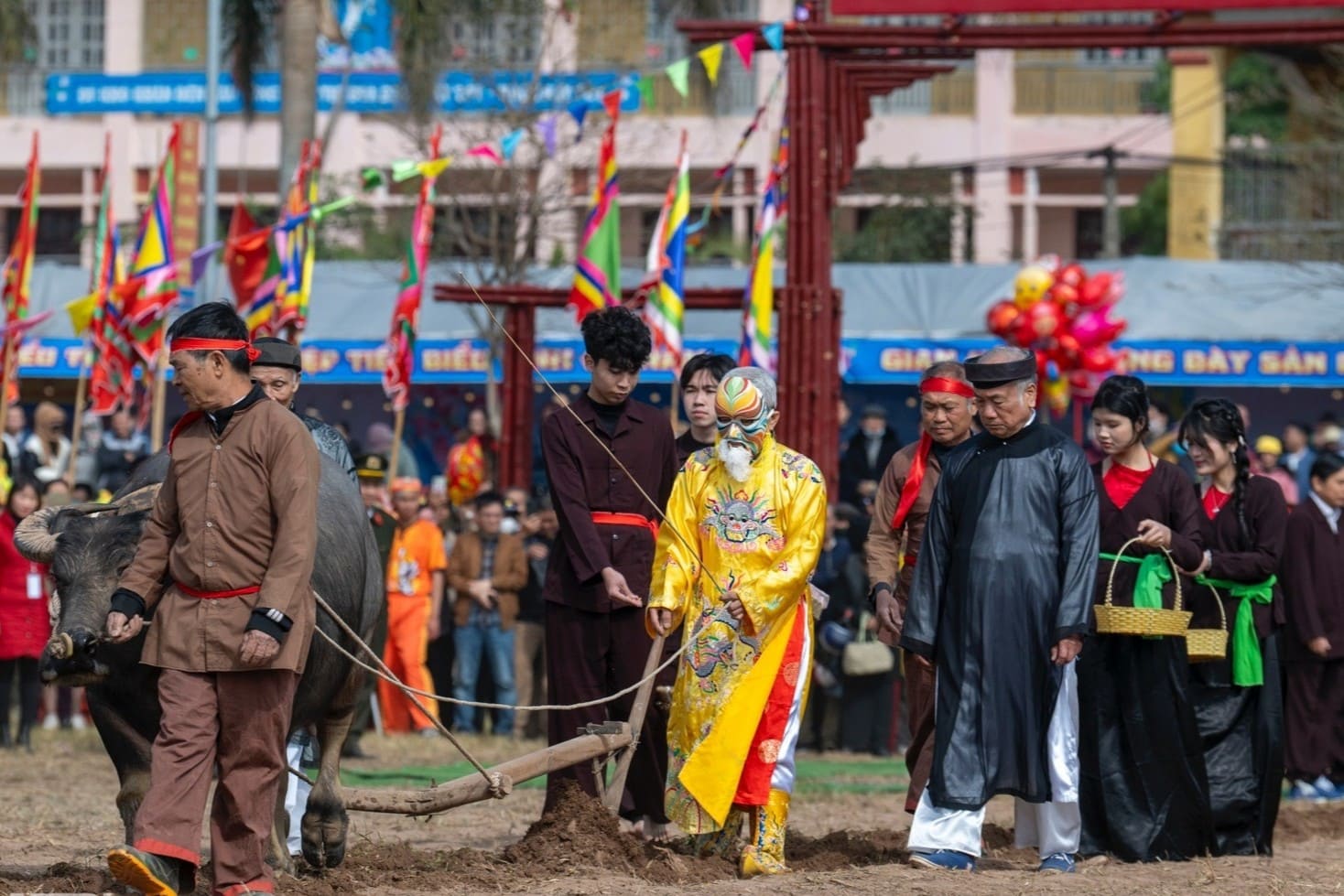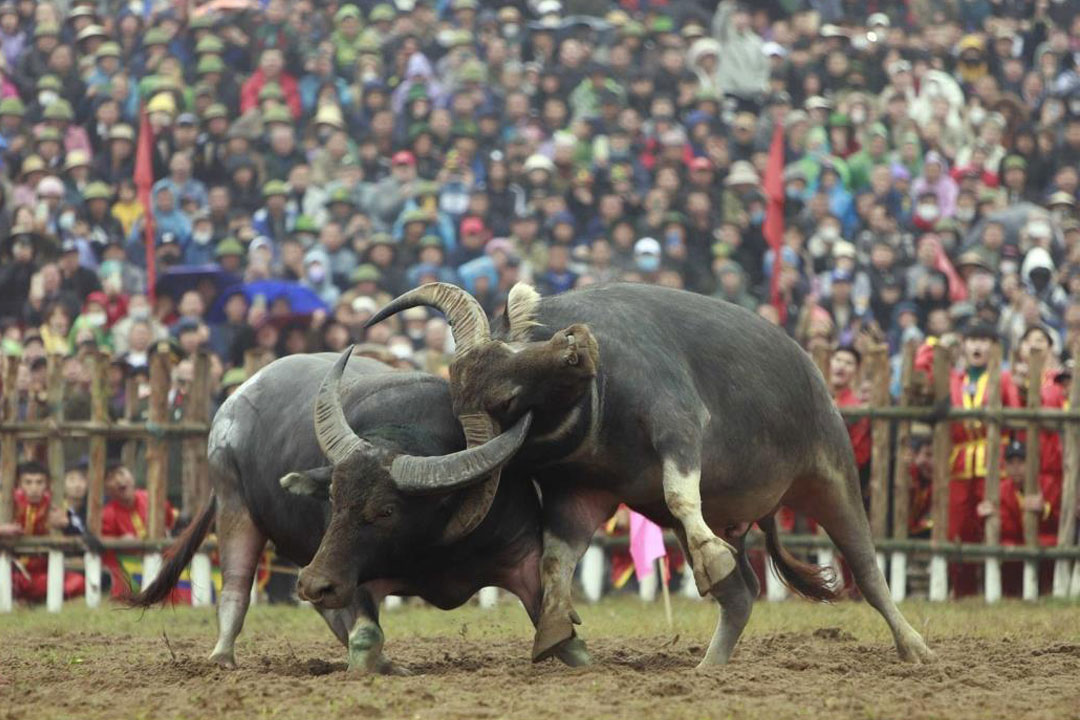Jul - 04 - 2025
The Hat Gi Festival, also known as Roya Hadji or Haji, is one of the most sacred and meaningful religious festivals celebrated by the Cham Muslim community in Vietnam. Taking place annually in the 12th month of the Islamic calendar, this festival serves as a deeply spiritual occasion and as a time for communal bonding, love, and the preservation of cherished cultural traditions.
Introduction to Hat Gi Festival
Known locally by various names Haji, Roya Hadji, or in some regions, Roya Hadji New Year. This festival holds central importance in the religious life of Vietnam’s Cham Muslim communities. More than just a religious event, it symbolizes unity, compassion, and mutual support.
In the Cham language, “Hat Gi” means “the festival of forgiveness and love”. This is the core spirit of the celebration: a time to seek forgiveness, grant pardon, and move forward into a new year filled with peace and goodwill.
Originating from Islamic traditions, the festival is associated with the story of Prophet Ibrahim (Abraham) and his act of devotion to Allah. Over centuries, Hat Gi has become a vital spiritual and cultural event, passed down from generation to generation as a priceless heritage.
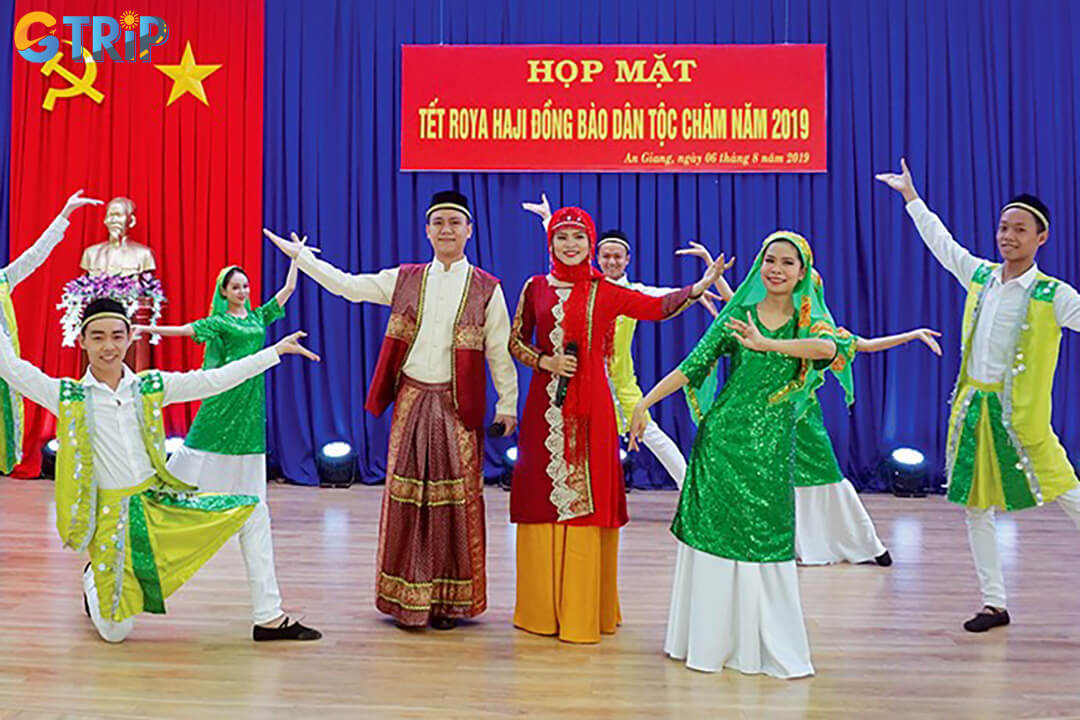
Hat Gi, or Roya Hadji, is a cherished Cham Muslim festival rooted in Islamic tradition, symbolizing forgiveness, love, and community unity
When is the Hat Gi Festival celebrated?
The Hat Gi Festival is held annually from the 7th to the 10th of Dhu al-Hijjah in the Islamic calendar. This period is the holiest time of the year for Cham Muslims, akin to a Lunar New Year. As the date is based on the Islamic lunar calendar, it varies slightly each year. Elders and religious leaders typically announce the official dates about a month in advance.
Activities take place at mosques (Masjids) throughout the country, especially in provinces with large Cham populations such as An Giang, Tay Ninh, and Dong Nai. Smaller celebrations are also held in communities in Ho Chi Minh City, Binh Thuan, and other regions.
The deeper meaning behind the Hat Gi Festival
The Hat Gi Festival has profound religious roots, centered on the story of Prophet Ibrahim’s willingness to sacrifice his son as an act of faith. For the Cham, it is a time to give thanks for divine blessings and seek forgiveness and prosperity in the year ahead through prayer, Quran recitations, and ceremonial acts.
Spiritually, Hat Gi is known as the “New Year of Compassion and Forgiveness”. Through rituals such as the Am ma, a symbolic act of shaking hands, embracing, apologizing, and reconciling, participants foster a harmonious and unified community spirit.
Beyond faith, Hat Gi reflects strong humanitarian and educational values. Wealthier families support the needy, and sacrificial meat is distributed equally, ensuring every household, regardless of financial status, can partake in the festival. It also serves as a vital cultural learning experience for younger generations. Through folk tales, rituals, and acts like ancestor worship, children learn about respect, heritage, and national identity.
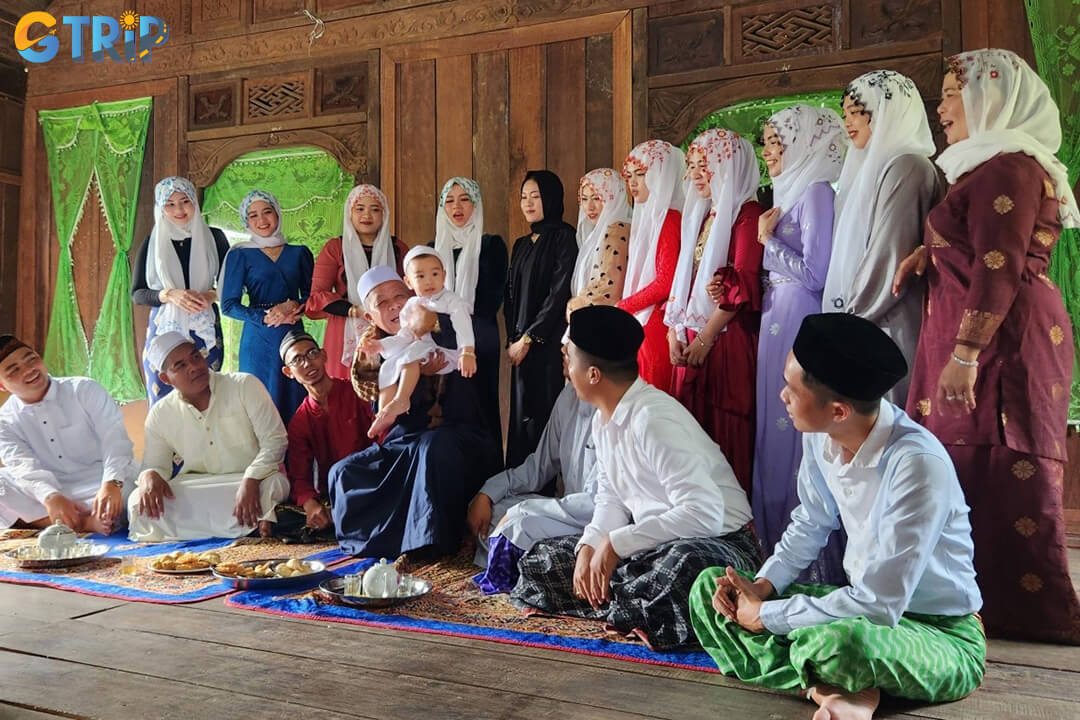
Hat Gi is a spiritual and cultural festival of gratitude, forgiveness, and unity, blending Islamic faith with humanitarian values and generational learning
Highlight the rituals and cultural activities of the festival
The Hat Gi Festival takes place in multiple regions with Cham populations. While each area offers unique cultural expressions, the festival’s sacred spirit remains consistent.
Mosque ceremonies
At dawn, Cham people in traditional attire gather at mosques in a solemn, visually stunning procession. Women wear vibrant tunics and delicately tied khan ma om headscarves, their graceful appearance captivating to visitors. Men wear their finest sarongs, often passed down through generations, as a sign of respect. Before entering the mosque, males aged 15 and above perform ritual purification (wudu) at sacred ponds like Bung Binh Thieng. This cleansing represents physical and spiritual purity before communing with Allah.
Mosques observe gender-specific prayer spaces per Islamic tradition. Men participate in primary rituals inside the mosque, while women gather in designated areas for prayer. Meanwhile, children play outside, observe rituals, and often share sweets, especially those from well-off families, adding warmth and joy to the occasion.
Communal feasting ritual
By midday, every household contributes its best-prepared dishes to a shared feast at the mosque. This is not a culinary competition but a heartfelt gesture of generosity and unity. Men and boys dine together at the mosque, while women often eat at home or in designated areas. The meal showcases the community’s finest foods and communal spirit.
One of the most sacred rituals is the sacrifice of sheep or cattle in honor of Allah, reenacting Prophet Ibrahim’s devotion. Animals must meet strict health and ethical standards and are often purchased through communal contributions, emphasising solidarity. Meat from the sacrifice is divided equally among all village residents, ensuring even the poorest families can celebrate with dignity.
This is also a golden opportunity for visitors to sample traditional Cham cuisine, such as:
- Tung lo mo: A subtly sweet rice cake often paired with coconut milk
- Cham-style curry: Richly spiced and deeply aromatic
- Ca pua: A sweet-and-sour soup with balanced flavors
- Com ni: Fragrant rice cooked with coconut milk
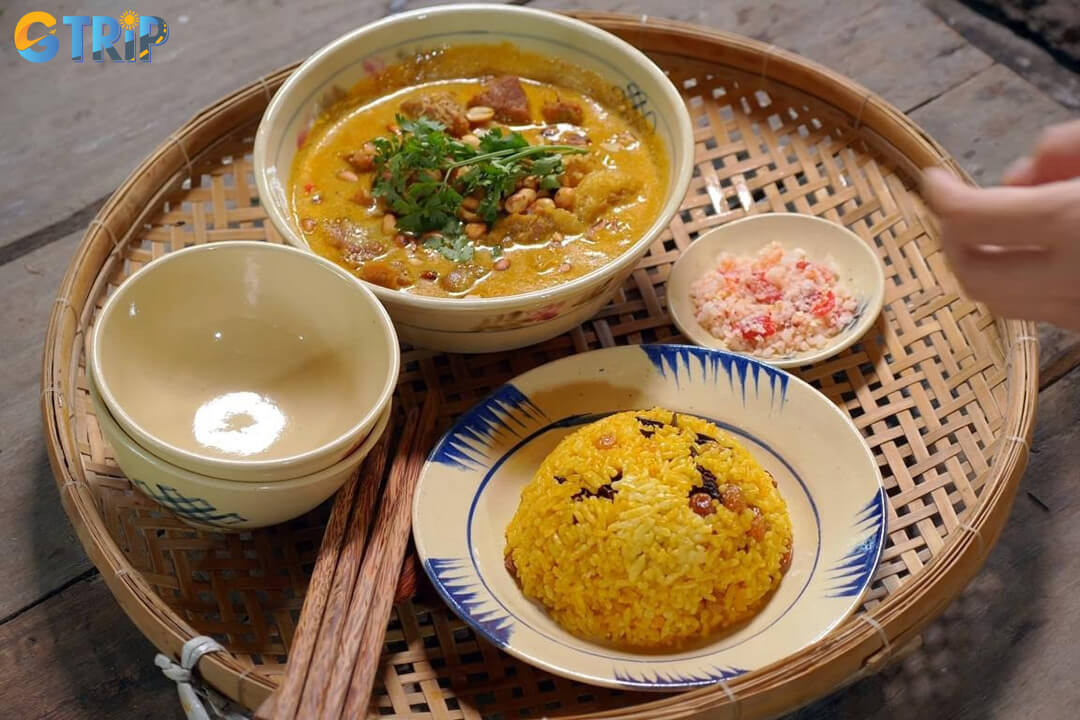
The communal feast and sacrificial rituals at Hat Gi highlight generosity, solidarity, and offer visitors a chance to savor traditional Cham cuisine
Cham wedding season
Roya Hadji also marks the beginning of the traditional Cham wedding season. After the festival, many couples marry, filling communities with joy and celebration. Lucky visitors may witness traditional weddings with elaborate rituals, ornate clothing, and beautiful music. It offers a rare glimpse into Cham matrimonial customs and family values.
Special traditions in An Giang Province
An Giang hosts the grandest Hat Gi celebrations in Vietnam, drawing thousands of Cham Muslims nationwide. In addition to standard religious practices, An Giang features unique highlights:
Quran recitation contest
Evenings in An Giang are marked by a Quran recitation competition, a culturally and spiritually enriching event. Participants range from children to elders, all showcasing their devotion and knowledge.
Judging criteria include:
- Accuracy in recitation
- Intonation and pronunciation
- Understanding of the verses’ meanings
- Reverence and focus during delivery
Winners are awarded and honored by the community, reinforcing religious education and reverence. These recognitions also inspire younger generations to deepen their knowledge and connection to their faith.
Cultural and recreational activities
After formal rituals, various festive activities take place, reflecting Cham identity:
- Traditional singing: Folk performances in the Cham language led by community artists
- Boat races: Exciting boat races between villages, promoting unity and sportsmanship
- Folk games: Games like cockfighting, shuttlecock kicking, and group contests preserve cultural heritage and entertain all ages
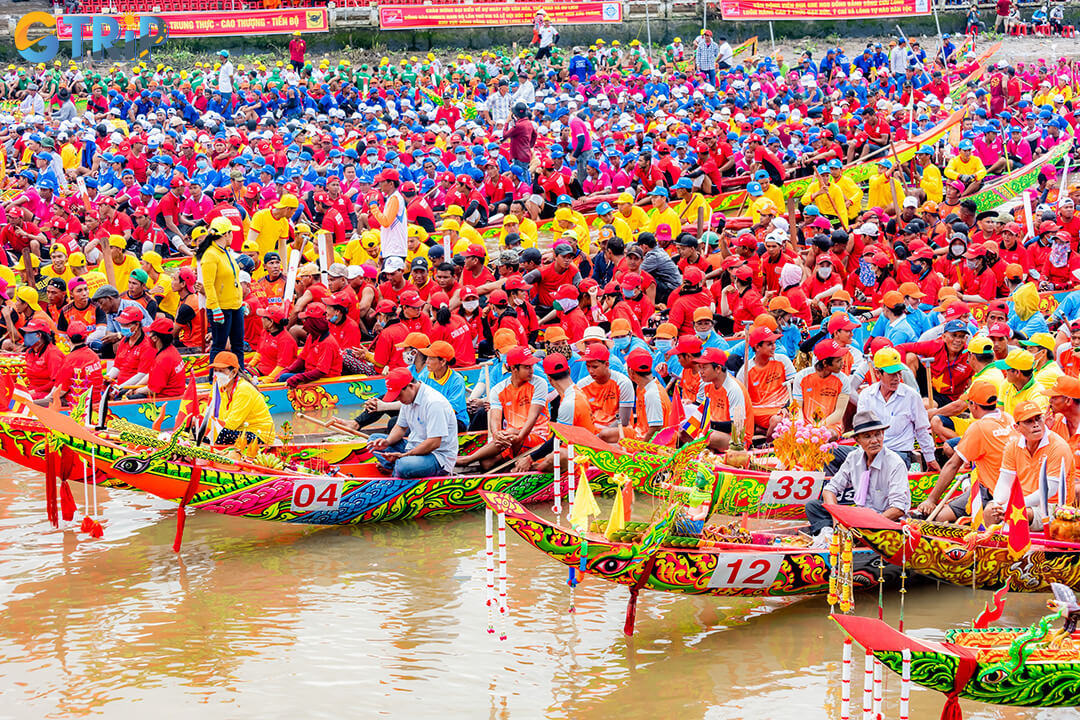
Post-ritual festivities at Hat Gi feature traditional singing, boat races, and folk games, celebrating Cham culture and community spirit
The joyful, vibrant atmosphere attracts the Cham and local Vietnamese and international tourists. Unlike commercialised events, Hat Gi remains an authentic community celebration, offering rare insight into Cham spiritual and cultural life.
Hat Gi is more than a religious festival, it is a treasured cultural asset of Vietnam. Its core values of forgiveness, compassion, and unity offer timeless lessons in harmony and tolerance. Sacred rituals, spirited performances, the Hat Gi Festival delivers a rich, unforgettable experience. Its emphasis on charity, communal sharing, and spiritual renewal fosters stronger bonds and contributes to a more compassionate society. Plan your Vietnam trip to immerse yourself in vibrant festivals, discover the country’s proud history, and experience the richness of its cultural heritage.

